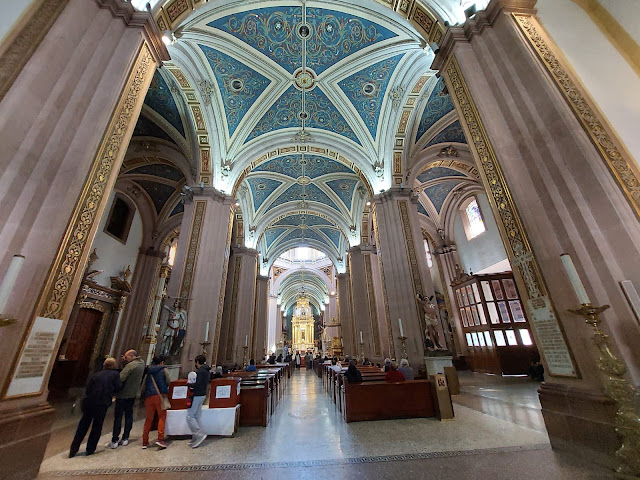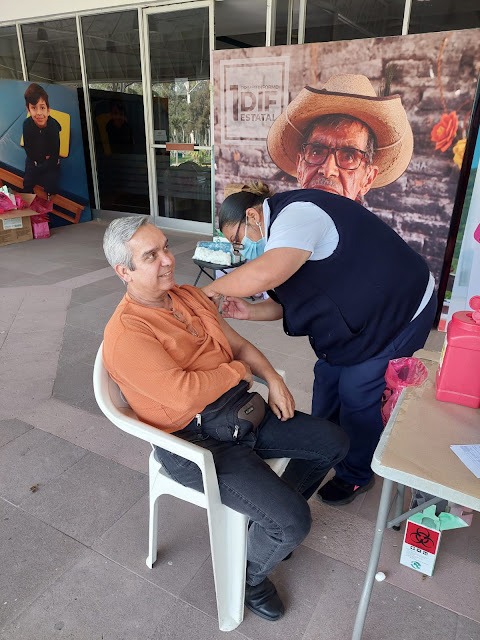living.boondockingmexico@yahoo.com
We love history and we enjoy museums. It is interesting to see and read about things that are related to our daily lives. We find Mexican history in every part of our daily lives. The names of the streets we live on and drive on, places we have traveled to and walked some of the same paths. Entering homes of historic figures; religious, political, artistic, and famous writers and poets.
San Luis Potosi was one of the most important then territories and now states that helped to shape Mexico. San Luis Potosi is famous for mining, cattle production, and agriculture. Many of the viceroys were sent from Spain to Mexico to settle and tame the wild. Not so nice to hear today but certainly helped to shape the Mexico we know today both good and bad.
María Francisca de la Gándara y Cardona de Calleja was the last virriena from old Spain. The end of the line for Spanish royalty who ruled Mexico for two hundred years in the northern part of the country. What is interesting about this painting and most of those from this era is that there were three painters involved. The original portrait painter who did the face and the hands, the official, who painted the clothing and background, and the apprentice who mixed paints and prepared the canvas.
One of the most painted images in Mexico is the Virgin. In this area of the country, it is the Virgin of Los Dolores.
Teatro de la Paz - Theater of the city. Built in 1889.
Each side of the kiosk in the main plaza has a name inscribed along the top. On the left side of the picture is the name Julian Carrillo. He was an early 20th-century composer who was responsible for discovering the 13th chord. Centuries had gone by in composing before this discovery was made. When we lived in Monterrey with lived on the street with his name.
This is the interior of the Templo de Nuestra Señora del Carmen is part of a 16th-century convent that, during the time of Independence (1810) was invaded by revolutionary rebels who commandeered the convent and the church. The altar is covered in gold leaf.
On one side of the church is another altar that contains life-size statues of the seven archangels Michael, Raphael, Jophiel, Gabriel, Zadkiel, Chamuel and Uriel.
In the city center is a 900-acre park, Tangamanga, a former Hacienda. We spent most of Saturday morning walking around the park. There were bicyclists in mass, a 5K run, runners, and families enjoying the fresh air. There is no sale of food or drinks. The park is pristine, covered in a forest of trees and flowers.
While we were there, they were sponsoring a flu vaccination drive. We got our shot and off to the market we went.



.jpeg)
.jpeg)
.jpeg)

.jpeg)
.jpeg)
.jpeg)
.jpeg)
.jpeg)
.jpeg)




Hello L&BinMexico,
ReplyDeleteDid you stay in San Luis Potosi? Are there places to boondock? What is the name of the museum that has the painting of Dona de Calleja? Thanks!
Nothing in the city itself. Potosino rest stop outside of town has plenty of room. Restaurants, fuel, trucker amenities such as showers, and a great food truck that caters to them at non-tourist prices. Also, Guadalcazar located 90 km north of the city is a fantastic small town where you can park in the second plaza with complete security and quiet. The museum for the Dona de Calleja is El Museo del Virreinato.
DeleteThank you!
ReplyDelete